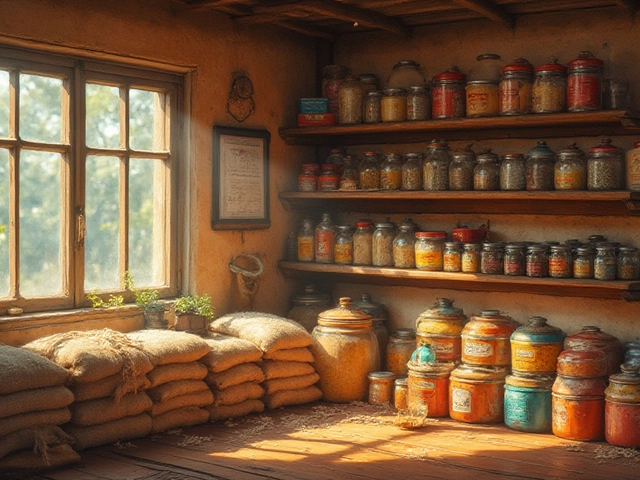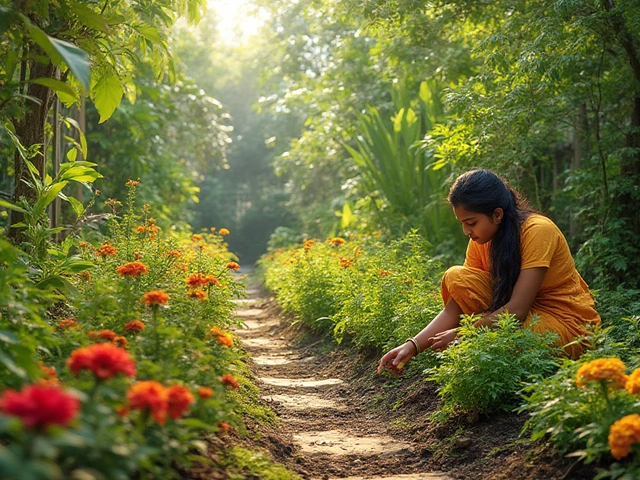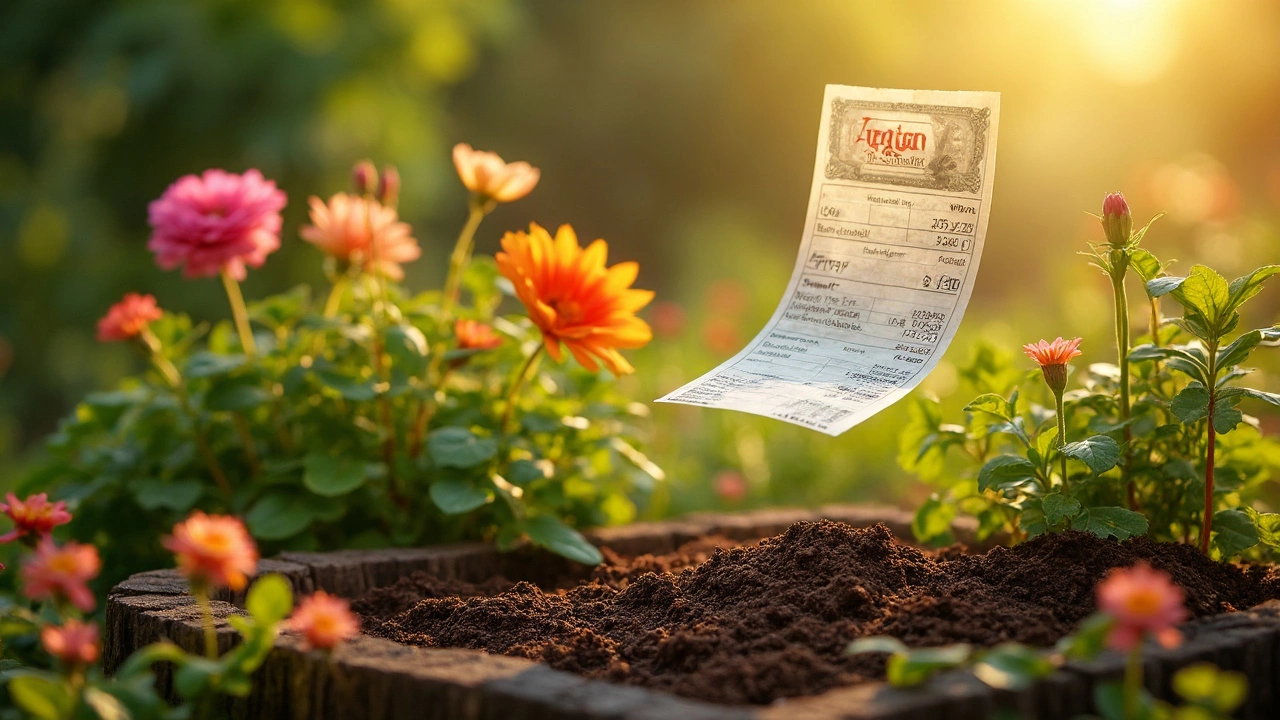Garden Cons: What Can Go Wrong and How to Fix It
Every gardener hits a snag now and then. Whether you’re a newbie or a seasoned grower, the same set of problems keeps popping up: compacted soil, over‑watering, pests that seem invisible, and that endless time crunch. Knowing these cons ahead of time saves you money, sweat, and a lot of frustration.
Common Pitfalls You Might Not Expect
One of the biggest culprits is soil that’s too heavy. When the ground is dense, roots can’t breathe and water drains poorly. You’ll notice slow growth or yellowing leaves. Another surprise is watering at the wrong time of day. Early morning is ideal; watering at night can lead to fungal woes because the water sits on leaves longer.
Pests are another hidden enemy. Many gardeners think a few aphids won’t matter, but they multiply fast and can spread disease. Similarly, weeds compete for nutrients and water, stealing what your plants need. Finally, plan selection can be a con. Picking a plant that loves shade for a sunny spot (or vice‑versa) leads to wilting and stunted growth.
Practical Ways to Turn Cons into Plus
Start by loosening compacted soil. Mix in a handful of compost or well‑rotted manure per square foot; it adds structure and microbes that break up clumps. For water issues, install a drip‑irrigation line at the correct burial depth (about 4–6 inches) so water goes straight to the root zone and evaporates less.
When it comes to pests, use companion planting. Pair marigolds with tomatoes to repel nematodes, or grow basil near peppers to keep flies away. If you spot weeds, pull them while the soil is still moist – the roots come out easier and you prevent seed spread.
Choose plants that match your climate and garden spot. Check the tag or an online guide for sunlight requirements, water needs, and soil preferences. A little research now stops a lot of trial‑and‑error later.
Lastly, keep a simple schedule. A quick weekly check – look at soil moisture, leaf color, and any new weeds – catches issues before they become big problems. Even a five‑minute walk can save hours of fixing later.
Gardening isn’t about avoiding every con; it’s about spotting them early and having a plan. With the right soil amendments, smarter watering, pest‑friendly companions, and plant‑appropriate choices, you turn most drawbacks into grow‑wins. So next time you step into the garden, bring a checklist, not a worry list, and watch your garden thrive.
Raised Bed Gardening: The Two Drawbacks You Should Know
While raised beds offer many benefits for gardening enthusiasts, they come with a couple of significant drawbacks. From costing more upfront to requiring more maintenance, these downsides can affect whether raised beds are the right choice for you. This article breaks down both issues to help you make an informed decision. If you're considering raised beds, understanding these two cons is essential. Dive into the nitty-gritty of raised bed gardening drawbacks.
About
Kitchen Gardening
Latest Posts


Furnishing Your Terrace: Tips and Tricks for a Green Escape
By Alden Thorne Mar 2, 2025

Fastest Growing Flowering Trees for Indian Gardens: Top Picks and Tips
By Alden Thorne Jul 24, 2025

Sister Plants: The Science and Benefits of Companion Planting for Gardeners
By Alden Thorne Jul 19, 2025

